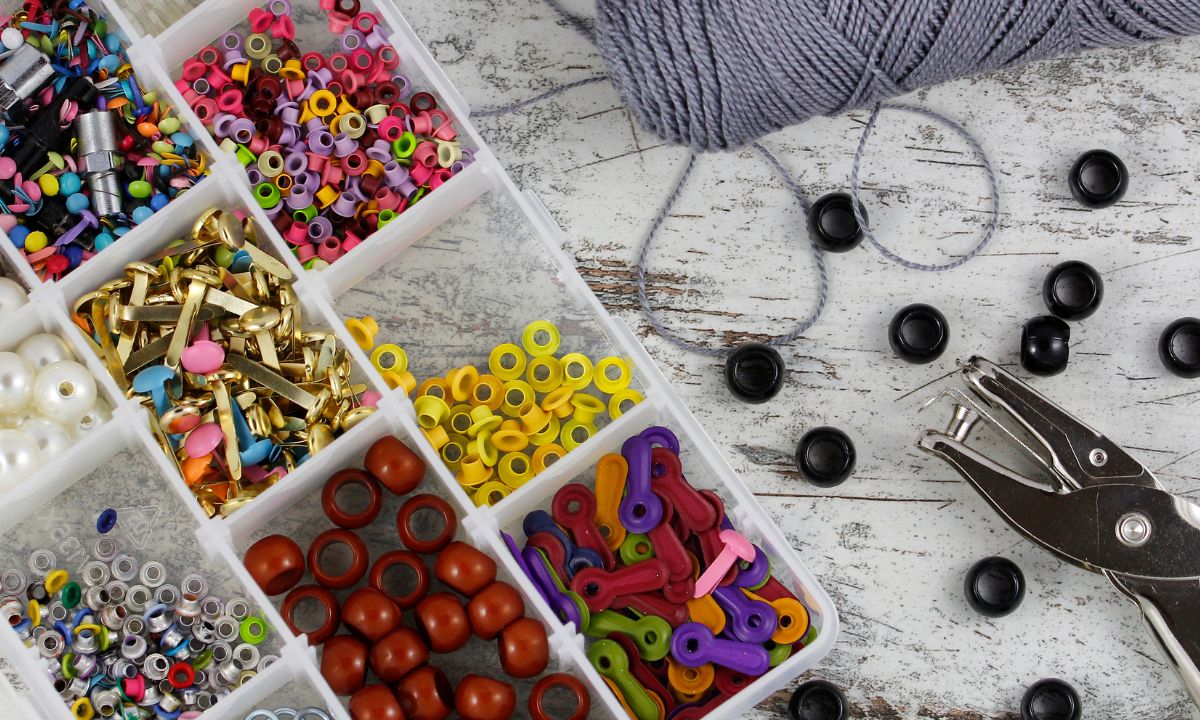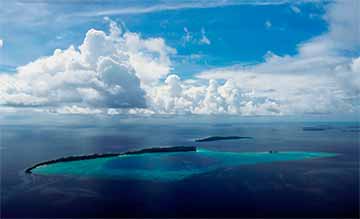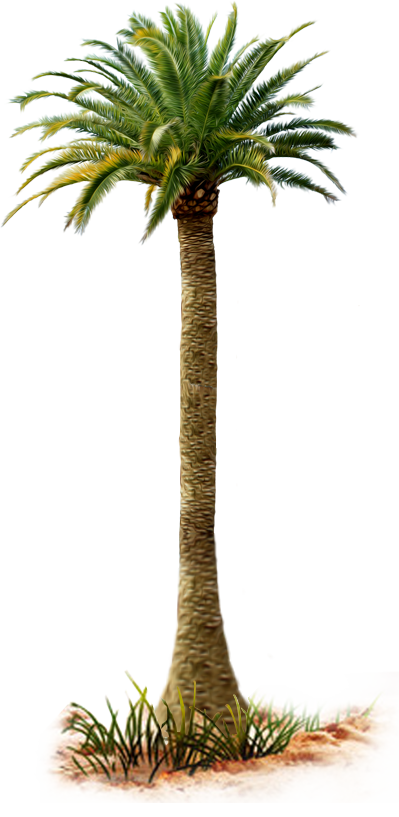Summary:
- The world is becoming more interested in handmade fashion, and whenever a group of people has local techniques, such as the Solomon Islands, the ability to use them to their advantage becomes more relevant due to the perceived authenticity and regional integrity.
- Customary designs such as weaving, embroidery, and natural dyeing are expected to be merged with trends such as the most popular clothing production fashion, the crop top, to respond to the needs of the global fashion market.
- Artisan-led fashion in green form can save heritage and empower people, particularly the women artisans of island countries.
In a time of mass-produced clothing and evanescent trends, craft clothing can be a life-changing alternative based on culture, community, and creativity. Across the globe and in regions like the Solomon Islands, artisans are reviving traditional methods that honor generations of knowledge while adapting to contemporary fashion tastes.
It could be a handmade wrap skirt, a naturally colored crop top, or an ornate hand-embroidered blouse, but whatever the piece of handmade fashion is, it is much more than clothes, as it also signifies identity. Solomonislandsinfocus.com reports on the local and international crafts that are turning a paradigm shift in what and how we wear and appreciate our garments.
The Case of Handcrafted Fashion in the Solomon Islands
Handcrafted fashion in the Solomon Islands is essential not just because it is a country with close ties to the world's fashion industry but also because it is located in a region with strong potential in the area. The Solomon Islands have been able to promote itself as an area with potential in the handcrafted fashion industry through efforts like the Solomon Islands Terrestrial Guide, which has not only been able to show the proximity of the area to the fashion market of the world but also the potential of the area in this area.
According to the Ellen MacArthur Foundation, the global fashion industry emits at least 92 million tons of textile waste per year. Along with most of the problems contributing to this waste, fast fashion threatens our planet and eradicates local craft.
Living fashion isn't just about beautiful clothes but also about re-establishing a connection between the creator and the end user. Sustainable fashion is exactly that, says Rebecca Alefaio, a sustainable fashion advocate in Honiara. Weaving and natural dyeing are incorporated into our cultural language in the Solomon Islands. Garments are handmade items worn to tell a story.
Island Style Defining Techniques Traditional:
1. The interweaving of Cultural Identity:
Weaving is a central part of the Solomon Islands; it is used to make pandanus mats, traditional clothing, and even accessories such as bags and headgear. Since fashion is moving to a modern place, the weavers are experimenting with wearable clothing ideas, so they are adding woven-in panels to tops and dresses.
Lately, a new trend in fashion entrepreneurship in Honiara has seen the introduction of crop tops in traditional weaving patterns coupled with cotton material, incorporating comfort and culture. These clothes enable the young people in these islands to show pride in their roots as they open up to contemporary silhouettes.
2. Local Motifs and Natural Dyeing:
Plant extracts yield natural dyes in many outer islands. Turmeric is used to make yellow, noni leaves to get green, and bark infusions to create moderate browns. These dyes are manually applied, frequently hand-stamped or batik-style, in which conventional accounts are narrated with vagrancy.
Losi Maelasi, a Malaita-based textile artist, says, It takes forever to dye with nature, but the impact is substantial. Every color relates us to the land.
Modern clothes such as skirts, scarves, and crop tops can be made of these dyed fabrics so that individuals can wear them anywhere without embarrassing the island flavor.
3. Shell and Seed ornaments:
The ceremonial use of beads, shells, and seeds during wear is long established in Melanesia. Nowadays, designers are reviving those ornaments into everyday wear, even in new designs, such as crop tops and beach cover-ups, and preserving those ancient art forms in each fiber.
Ethical Impact and Sustainability:
Contrary to fast fashion, handmade garments are frequently made of natural materials, involving fewer machines or low waste, which aligns with the global sustainability mission. In countries that identify more strongly than others with the ocean, land, and culture (such as the Solomon Islands), this style of fashion is not topical but a requirement.
A recent McKinsey Report found that 67 percent of worldwide consumers will consider environmental impact when purchasing. This change in consciousness favors the development of handmade industries that ethically define small-scale production.
Fashion enterprises that directly employ Pacific Island artisans, such as Solomon Islands, or comparable nations, help in:
- Regional economic development
- Cultural preservation
- Marginal carbon footprint
Reuniting Old and New: The Digital Era of Craftwork
Novel designers in the Pacific and beyond have been inventing ways to achieve a look that combines the lusciousness of the past with the charm of the modern.
- On the island of Honiara, startups run by young people, such as Island Threads and Pacific Flair Apparel, produce a range of colorful crop tops and dress styles using hand-printing on domestic fabrics.
- In other countries around the world, brands such as BODE and Stella Jean collaborate with communities of artisans to incorporate cutting-edge skills into runway shows.
- The opportunity to use social media such as Instagram and TikTok has enabled Pacific artisans to show their work directly to the rest of the world and overcome boundaries that existed in the past to limit the creativity that takes place in the islands.
Through this online exposure, the Solomon Islands is getting a new identity: one that is in vogue, expressive, and strongly rooted in tradition.
Handcraft as a Way of Women's Empowerment:
Craftwork in the Solomon Islands was traditionally the domain of women; in particular, weaving and dying were popular crafts. These abilities not only provide income but can also help women build communal security, artistic independence, and self-esteem.
According to UNESCO, craft-based economies preserve indigenous knowledge and enable marginalized social groups. Women Cooperatives are already on track in the Solomons:
- Malaita Handweavers Collective sells handbags and wearable textiles in the domestic and international markets.
- Western Province Stitch Circle educates school leavers on embroidery techniques and sewing patterns, and many of them market their handmade designs of crop tops, bags, and accessories.
Interestingly, women in our community put their spirit, strength, and story into every handmade work, says Helen Tovusia, a local mentor and textile trainer.
Challenges: Preservation of Heritage and Equal Salary
Handcrafted fashion has its challenges despite the beauty and value it has:
- Copycat production: Companies with international brands and names may counterfeit local designs without authorization, removing the background and payment.
- The age of artisans: Due to the pull of the city, most young, skilled individuals prefer to work in urban areas, which threatens the disappearance of the skills passed down through generations.
- Invisibility: The work of artisans is not visible or branded, and consumers are poorly aware of artisan contact, thus earning insufficient income.
To counter this, the Pacific Islands Forum Secretariat (PIFS) has started implementing digital marketplaces, training, and labeling systems so that artisan fashion can be respected and fairly traded.
The Way You Can Help the Solomon Islands Handcrafted Fashion:
As a local customer, international visitor, or even as a financer in your country, you can lift handcrafted fashion by:
- Purchasing straight off artists or checked co-ops
- The story behind a product In the case of a product, you can always ask the story behind it.
- Preference for local designs against imported mass-produced designs
- Posting artisan work to social media to increase exposure
A young Solomon Islands designer, Aleta Tasi, says that wearing one of our woven crop tops or scarves overseas and telling its story will help put our islands on the fashion map.
Conclusion:
Handcrafted fashion has a meaning beyond beauty. It is a heritage, a present contribution, and a vision of a better future. In the Solomon Islands, such a movement holds great prospects: the preservation of cultural identity, the empowerment of local talents, and the linkage of the islands with a worldwide network of conscious consumers.
The Solomon Islands is the golden goose of sustainability and craftsmanship waves as the world becomes familiar with it. Solomon has the chance to brush and shine, not only as the destination of natural beauty but also as the source of genuine living style.
As I would say, to quote Vivienne Westwood:
"Buy less. Choose well. Do it long-term."
On the face of it, fashion is often seen as a sector involved in mass production. Still, at solomonislandsinfocus.com, the future lies in the handmade, and it starts with the realization that value is stitched into everything that local designers produce, as the pandanus skirts to the dyeing of the crop top show it all.



